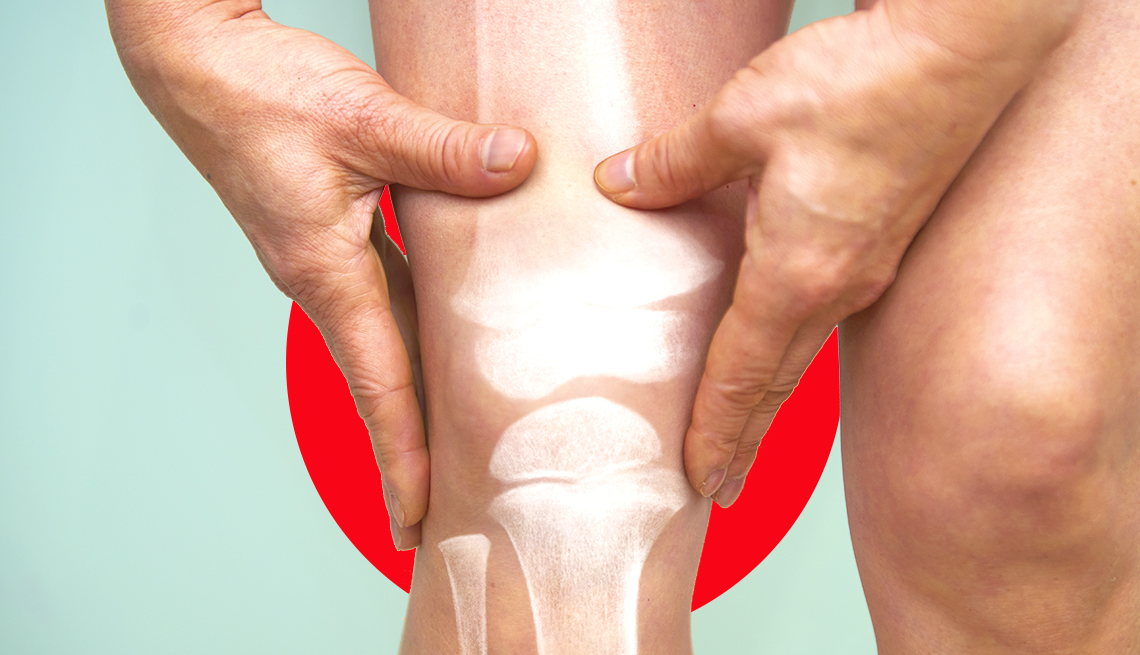
The 7 worst habits for your joints
- Select a language for the TTS:
- UK English Female
- UK English Male
- US English Female
- US English Male
- Australian Female
- Australian Male
- Language selected: (auto detect) - EN
Play all audios:

2. NOT MOVING ENOUGH Sedentary habits are bad for your joints in a couple of ways. For starters, it makes it tough to maintain a healthy weight, and extra pounds are hard on your joints,
especially those in the hips, hands and knees, according to a study in _Arthritis & Rheumatology_ that followed more than 1.7 million people for more than four years. Knees are
especially vulnerable. Participants who had obesity, with a body mass index of 30 or higher, were about three to five times as likely to get knee osteoarthritis. One study found that
losing 1 pound of body weight translates into 4 pounds of pressure being taken off the knees. Frequent sitting also “leads to muscle tightness in the hips and legs, and weakness of
core-stabilizing muscles,” Mascarinas says. To counter all of the above, aim for 30 minutes of joint-friendly exercise five days a week. “Moderate, low-impact activities like walking, water
aerobics and swimming are easy on the joints,” Mascarinas says. “If you have osteoarthritis, avoid deep squats and deep lunges, running, repetitive jumping, and activities with quick turns
and sudden stops like basketball and tennis.” And make a point of breaking up bouts of sitting every 30 minutes or so with a couple minutes’ worth of stretches. Doing so helps keep joints
lubricated, says Akhil Chhatre, M.D., director of spine rehabilitation and assistant professor of physical medicine and rehabilitation at the Johns Hopkins University School of Medicine. 3.
OVERDOING EXERCISE Weekend warriors, listen up: Cramming in a week’s worth of exercise on the weekends isn’t doing your joints any favors. “There’s a happy medium between exercising our
muscles and not overdoing the stress on the joints,” says David Porter, M.D., an orthopedic foot and ankle surgeon in Indianapolis. “Studies have shown that people with arthritis who keep
their muscles in good shape manage arthritis much better.” Find the sweet spot with a mix of aerobic exercise and strength training. “Even 70-, 80- and 90-year-olds can continue to get
good muscle responses to weight-training exercises,” Porter says. Research shows “that it’s easier to do daily activities — such as getting up out of a chair, going up and down steps, and
possibly even decreasing the risk of falls — with more conditioned muscles.” Video: 3 Horrible Habits For Your Joints 4. CARRYING A HEAVY LOAD It’s hardly a surprise that heavy lifting —
whether it’s hauling a filled-to-capacity tote bag on a daily basis or picking up your growing grandchild on those once-a-month visits — takes a toll on your body. And it exacts a specific
toll on your joints. “Carrying objects that are heavy creates imbalance throughout the body,” Porter says. And these imbalances “create torque or stress on the joints, which can further
deteriorate the cartilage over time.” The trick, of course, is defining “heavy” load. Porter says to consider it “any amount of weight that requires more than one hand to pick it up.” Play
it safe and use the palms of both hands or use your arms instead of your hands when you lift or carry stuff, the Arthritis Foundation suggests. Hold items close to your body, which is less
stressful for your joints.
